What's Growing in the Prairie?
Did you know the Discovery Center maintains a native prairie grass and wildflower habitat in front of and to the south of our museum? The prairie has some fresh paths cut in the tallgrass this week allowing visitors to explore all the wonders of a tall grass prairie in late summer. Here are a few fun things to look for in the prairie this month.

Cup plants have the amazing feature of sturdy leaves that form a small cup along the stem to hold water. The water attracts birds and insects that help pollinate the plant.
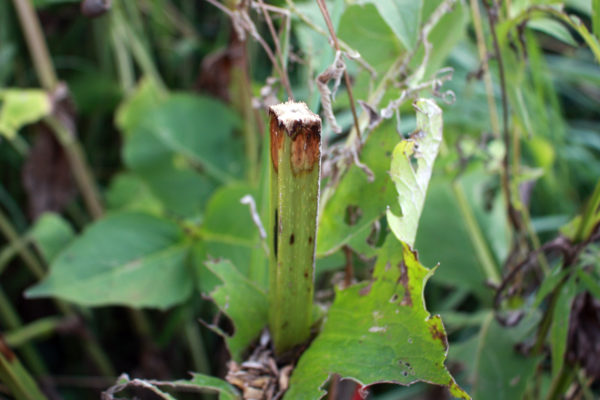
Another cool feature of cup plants is that they have square stems! You can spot the unique stem shape very well on the plants we've pruned in the prairie.
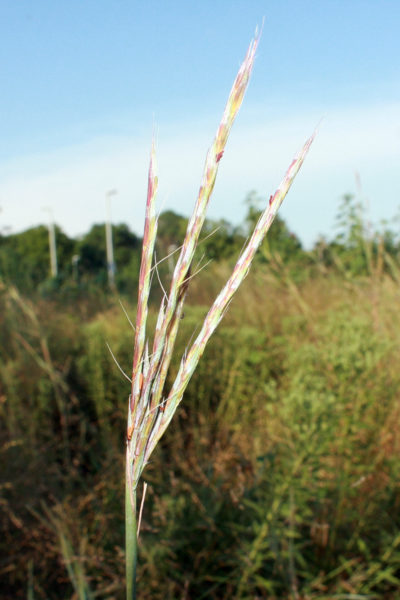
Have kids look for grass that looks like a bird foot on top. They'll probably discover the big bluestem, which has three bird-toe-like parts to the top of the grass. Big bluestem, an integral part of tallgrass prairie ecosystems, is also called "turkey foot" because of the three-part top. What you see is only a small part of the plant. This grass can have roots up to 12 feet deep!
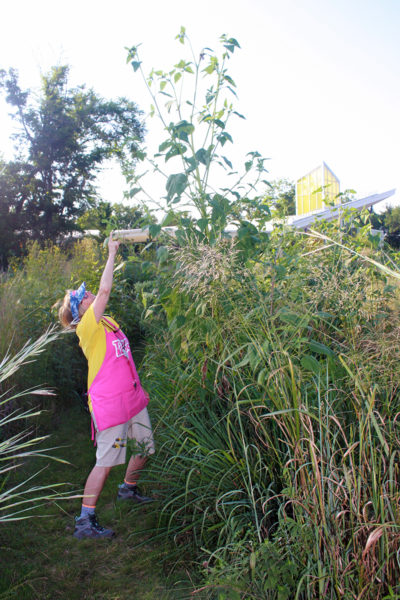
Find the tallest plant in the prairie and you'll probably be standing under the sunflowers! They're extremely tall this year, as shown by Discovery Center educator Nancy.

The tallgrass prairie project was started in 2011 by a group of dedicated volunteers including the Westar Green Team and led by Vivien Smith (pictured above on the right) who continue to maintain the prairie. Tallgrass prairie once covered 170 million acres of North America. Now, only four percent of this grassland remains, so the prairie offers both both ecological and educational value.
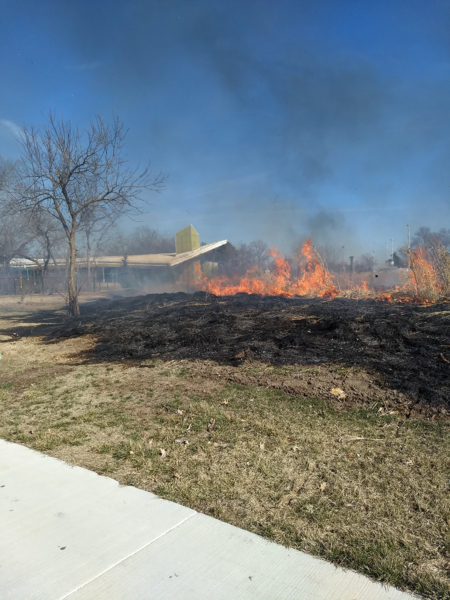
Native prairie grass habitats take three years to fully establish. In 2014, our native tallgrass prairie restoration became three years old and we began annual burns of the prairie. Burning the native grasses is proper maintenance. It ensures the growth of the tallgrass, while removing foreign plants and weeds. Prairies thrive amid drought, fire and grazing due to root systems that are up to fifteen feet long!
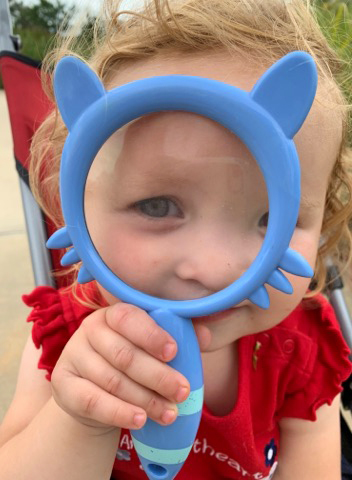
We invite you to walk through the prairie, view the natural habitat of many native animals and birds, enjoy the butterflies, and see how many different wildflowers you can see. The prairie is open to visitors to explore, and since it's outside the museum grounds, admission is not required.
